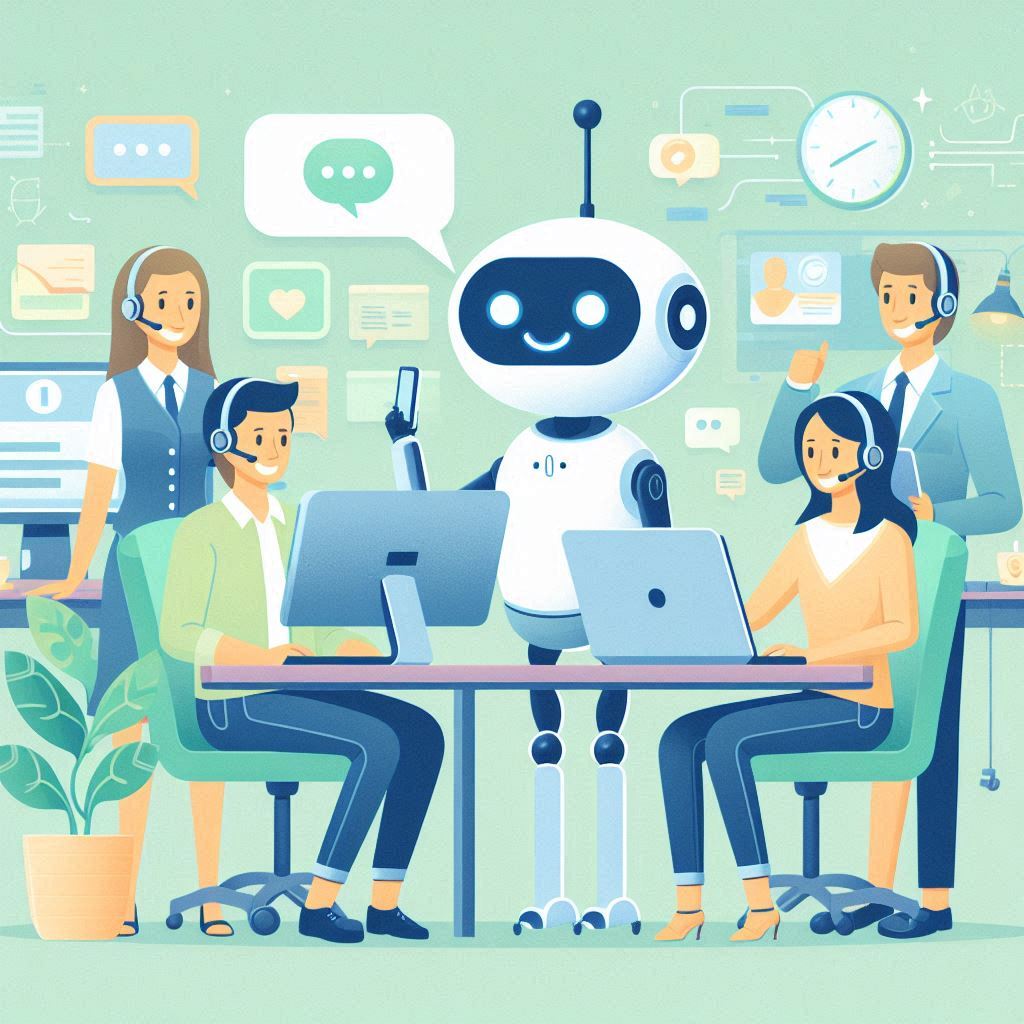Introduction
Customer support is the heart of every successful business. But in today’s fast-paced world, long wait times, repetitive queries, and overworked agents can leave customers frustrated—and businesses struggling to keep up. Did you know that 86% of customers are willing to pay more for a better customer experience?

That’s where AI steps in.
In this blog, we’ll explore the best AI tools for customer support in 2025, how they work, why they matter, and how you can get started without needing to be a tech expert. Whether you’re a small startup or an established company, these tools can help you save time, cut costs, and deliver 24/7 support that delights your customers.
What Are AI Tools for Customer Support?
Think of AI tools like your smartest employee—one that never sleeps, never takes breaks, and learns on the job.
In simple terms, AI-powered customer support tools use machine learning and natural language processing to understand, respond to, and even predict customer needs. These tools include:
- Chatbots that answer questions instantly
- AI agents that route tickets to the right team
- Sentiment analysis that detects customer emotions
- Voice AI that talks just like a human
Instead of replacing human agents, AI works with them—handling routine queries and freeing humans to solve complex problems.
Why It Matters for Businesses
Here’s why companies big and small are embracing AI for support:
1. Faster Response Times
Customers hate waiting. AI tools can respond instantly, even during peak hours.
2. 24/7 Availability
AI doesn’t need coffee breaks. Whether it’s midnight or Monday morning, AI is always on.
3. Cost Savings
By automating repetitive tasks, businesses cut labor costs and reduce training time.
4. Better Customer Experience
AI tools can personalize interactions, remember past issues, and even adjust tone based on emotion.
5. Scalability
Whether you’re serving 10 or 10,000 customers a day, AI tools scale without extra hiring.
Real Examples or Stories
Let’s look at how some companies are already benefiting:
✅ H&M’s Virtual Assistant
The fashion brand uses a chatbot that helps customers find outfits, check availability, and process returns—all without human help. It led to a 40% reduction in support tickets.
✅ Zomato’s Voice AI
The food delivery giant introduced voice bots to confirm orders and resolve delivery issues. It now handles over 60% of its calls using AI, freeing up human agents.
✅ Freshdesk with Freddy AI
Freshdesk, a popular support platform, uses “Freddy AI” to auto-suggest responses, tag conversations, and analyze sentiment—helping agents resolve queries faster.
How to Get Started
You don’t need a tech team or a big budget to begin. Here’s how:
Step 1: Identify Repetitive Tasks
Start by listing FAQs, common issues, and tasks like password resets.
Step 2: Choose the Right Tool
Here are beginner-friendly options:
- Tidio – Easy chatbot builder with a free plan
- Zoho Desk AI – Great for small businesses
- Intercom – Offers AI ticket routing and automation
- Freshdesk with Freddy AI – AI-powered helpdesk system
- Ada – No-code chatbot that integrates with major platforms
Step 3: Train Your AI Tool
Most tools let you upload common questions, chat history, and sample answers to train the bot.
Step 4: Monitor and Improve
Use analytics to track success, find gaps, and make updates. AI gets smarter over time!
What to Watch Out For
While AI tools are powerful, there are a few things to keep in mind:
⚠️ Lack of Human Touch
AI can’t always understand complex emotions. Offer a human fallback option.
⚠️ Over-automation
Don’t try to automate everything. Some customer issues still need empathy and creativity.
⚠️ Poor Training
If your bot isn’t trained well, it may frustrate users more than help them. Take time to set it up properly.
⚠️ Privacy Concerns
Ensure your AI tool complies with data protection laws like GDPR.
Conclusion
AI tools are transforming customer support—making it faster, smarter, and more efficient. Whether you’re solving hundreds of tickets a day or just getting started, there’s an AI solution that can fit your needs and budget.
The future of customer service isn’t human or AI. It’s human and AI—working together to build lasting customer relationships.